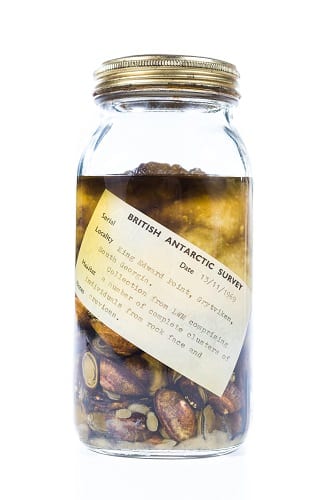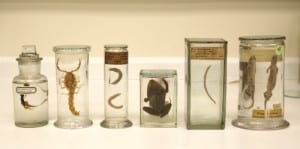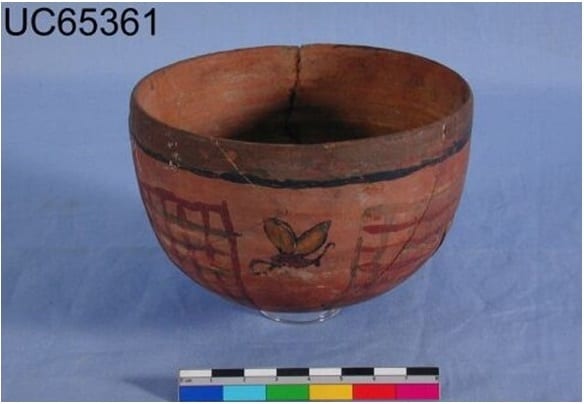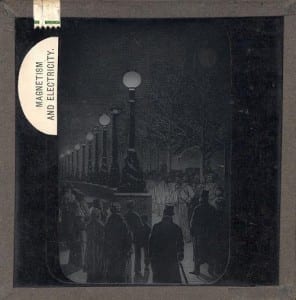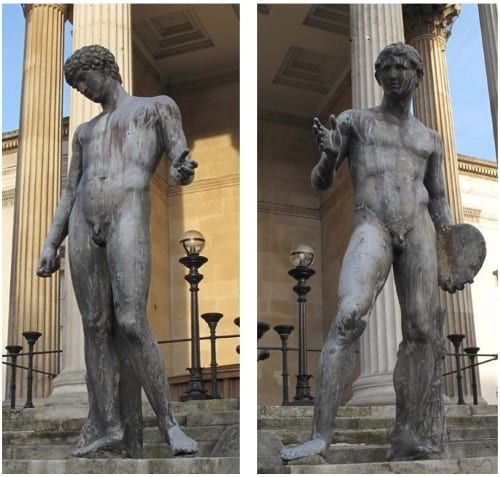UCL Earth Sciences student and veteran of UCL Geology Collections curation Nadine Gabriel returns with another guest blog relating her work with the mineral collection over the summer. It’s great to have her back and to demonstrate that collections management is clearly habit forming.
Hello, it’s Nadine Gabriel again and I’ve been spending another summer working with UCL Geology Collections. Since the Rock Room will soon have another home, I’ve been removing minerals from display cabinets, auditing the collection and accessioning some new specimens. Once again I have seen thousands of minerals and one thing that always catches my eye is the wide variety of habits, so I thought this topic would make a great sequel to my first blog.
A mineral habit is the shape of a single crystal or group of crystals. This is dependent on a mineral’s crystallographic system (the atomic arrangement of a crystal) and its growing conditions. The basic habit classification is defined by how well-formed a crystal is. A mineral is euhedral if all faces are well-developed, which means it grew in uncrowded, optimal conditions. However, if a mineral grew in unsuitable conditions, it becomes subhedral (some faces present) or anhedral (no faces). Below are the more specific habit classifications.
First up is the massive habit which contains no visible crystal structures, but don’t assume that this doesn’t make them less eye catching! Many beautiful minerals such as deep blue lapis lazuli and vivid red (but poisonous) cinnabar have this habit.
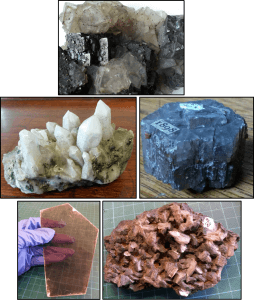
Cubic: pyrite, fluorite and galena (top). Hexagonal: quartz (middle left) and aragonite (middle right). Platy: biotite (bottom left) and talc (bottom right)
(more…)
 Close
Close



